The Article
OMNIA ALL-IN-ONE FROM AUDIOLAB
7th September 2022

Flooded with built-in features, Paul Rigby gets to grips with a gamut of choice from this all-in-one system
Quite apart from the Omnia. Why buy one? That is, why buy an all-in-one? After all, aren’t separates supposed to sound better? In broad terms, yes. Yes they are. But there are good reasons to grab an all-in-one HiFi system.
Firstly? Price. This Audiolab box gives you a CD player (a feature you don’t always find fitted to all-in-ones these days), a streamer for Internet services, a Bluetooth module (which can be an sometimes is a separate thing within some HiFi products), a headphone amplifier, a phono amplifier supporting moving magnet only, a power amplifier so you can hook your speakers straight to it (not every all-in-one allows you to do that).
You can plug in your hard disk as a music source or a simple USB stick or a laptop directly into the rear via USB. You can even hook up an external CD transport or digital audio player to it and play your music from there.
If you bought that lot as separate products, you would be spending more than that £1.5k for even half decent separates.
Those features I listed above? All of those features, can be accessed via a single box. All of these features have been set up so there’s you don’t have to buy extra cables. Each feature has been installed so you only have to press the power switch and you’re ready to go. Because all of those features are packed into a single box, you don’t have to worry about large shelving units or having your HiFi dominate your room. You can hook a pair of speakers to this box and you can have a fully functional HiFi system, ready to roll in seconds.
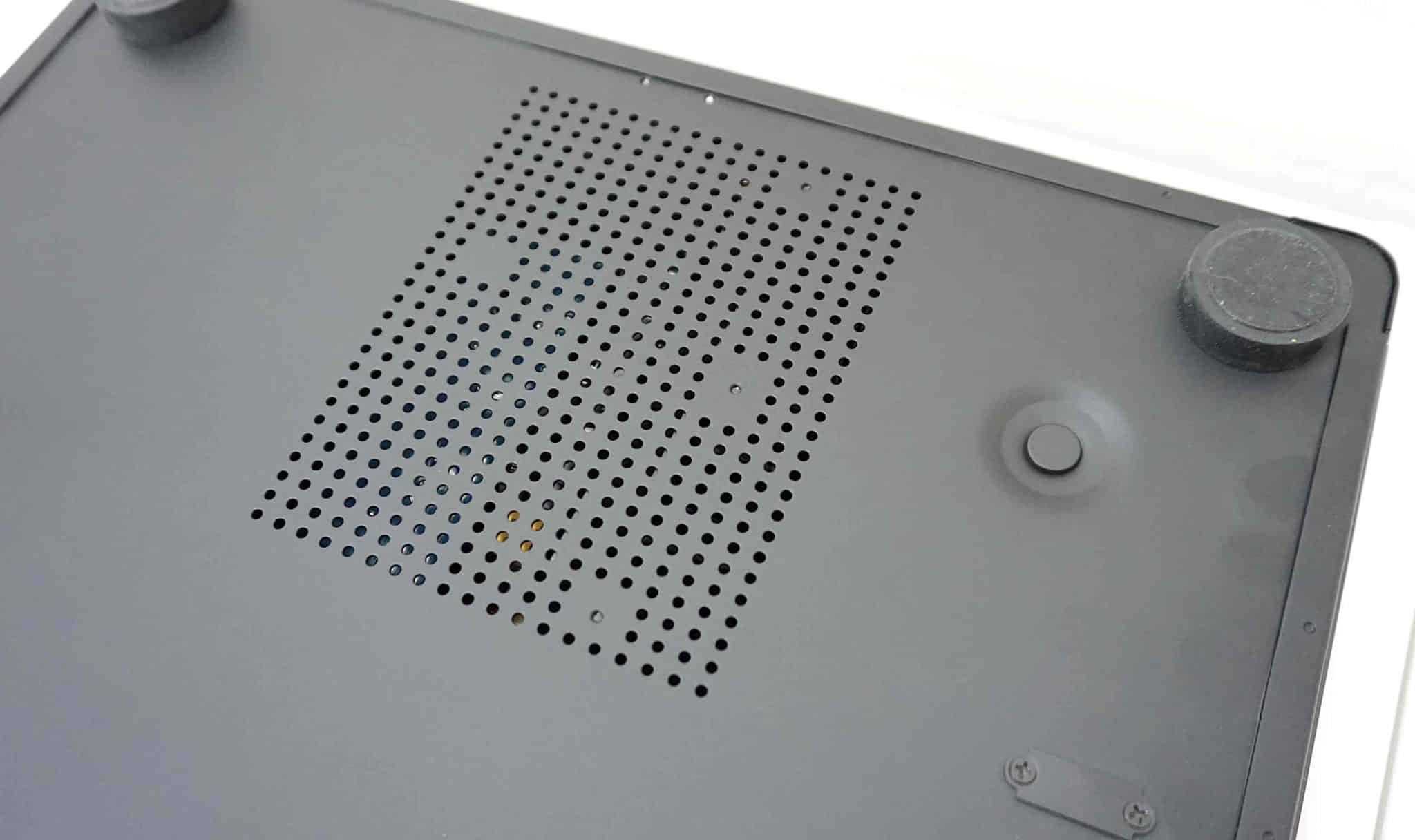
All of the above can be summised and confirmed, seconds after taking the Audiolab Omnia out of the box. As for the sound quality it produces?
Well, that’s we are gathered here today to witness the joining of two lives: you and the Audiolab Omnia.
The question is, do you take this all-in-one to be your lawfully wedded HiFi system? Let’s get to know the bride (or groom) to be, eh?
TECHIE NOTES
In general aesthetic terms? At 440 x 156 x 327mm and weighing in a 9.1kg, the Omnia looks meaty yet remains stylish with its corner curves and (relatively) minimalistic front fascia. The far left shows the tell-tale metal slice of the CD tray which, unlike the company’s 6000CDT offers a tray-like transport instead of that unit’s grab and pull transport system. I know many people will prefer this type of transport which has been tweaked from the 6000CDT.
Over on the right, there are five tiny buttons that cover the CD transport controls, source button and volume and they work fine, as long as you take note of what you are doing. Half-hearted and rather lazy button presses are not enough and I’m guilty of that on occasion, I have to say. Button presses need to be firm.
Personally, I like chunky buttons that prioritise function over form. An interface is there to allow you to communicate with the product. It’s not there to just look good. This layout with its tiny buttons is perfectly fine and it does work but it is a slave to the design because. You might disagree. Hey, if they can give me a larger front-mounted power button then why couldn’t they…well, never mind.
SCREENED
Dominating the front fascia and catching the eye is the very nice 4.3” colour screen that displays system settings, format data and track information.
There are menu settings buried in the on-screen interface that can change the output so you can change the basic function of the Omnia from an integrated amplifier to a pre-amp or you can use the Omnia as a power amp in an AV system.The screen’s brightness can be changed, display time out, volume limits, standby delay and language options. There’s no tone controls but there is a balance feature.
To display the signal output in a pictorial manner, there’s the option to display ‘analogue’ or ‘digital’ VU meters. I saw both of these options as unnecessary toys. If you’re going to do a job then either do it well and give me the real thing or don’t do it at all. I felt like the guy who was shown a picture of the Mona Lisa on an iPad and then is expected to drool over its masterpiece-like qualities. These VU options were poor doppelgängers of the real thing.
After being faced with plastic VU meters, I made my settings choices, then permanently switched off the screen in a slightly grumpy manner.
DAC
The DAC is based upon the ES9038Q2M chipset from Sabre. Audiolab has added a post-DAC active filter, selecting suitable op-amps that would work well with the Sabre chip. I appreciate the fact that Audiolab likes to go the extra mile. It often takes another company’s product and then enhances it from that point. I recall it did the same with the coax port on its 6000CDT transport, adding technology to lower the noise floor – and that worked well over there. So it’s great to see Audiolab doing the same over here.
I like to see a HiFi company…thinking. Instead of blindly connection Part A to Part B and selling it at a profit. It’s this sort of attention to detail that attract my attention and should attract yours.
In spec terms, the DAC supports 32bit/768kHz plus DSD to 22.5MHz (or DSD512 to you and me). The Omnia also delivers full decoding of MQA. This means that the complete ‘three unfold’ decoding process is performed internally.
AMPLIFIER
In power terms, the Omnia can push out 50W into 8 Ohms via a Class A/B power unit. Think about that for a moment. Most all-in-one systems I know use Class D because it runs cool. Class D amplifiers can sound excellent and I’ve reviewed a few myself that perform wonderfully. Class D has come a long way and does not, at least these days, deserve all the comments it still attracts. Even so, some lower-cost units that are often shoved into an all-in-one chassis because of that cool-running performance and low price can struggle to offer a what, engaging personality shall we say?
The Omnia does not depend on Class D. It opts for Class A/B, which you will find on many high-flying separates out there. As well as one of my favourite, the 6000A integrated.
In fact the amplifier has apparently been based upon the classic Audiolab 6000A design but apparently the designer of that and the Omnia, Jan Ertner, has tweaked the amplifier section. I’ll take a listen and report back in a moment.
Oh and I must add that I like the design efforts to maintain isolation inside the chassis to keep that noise floor as low as possible.
I like to test amplifiers with my Quad 57 electrostatics which doesn’t suffer amplifier fools gladly but the Omnia performed well with these classic speakers. They never strained or lacked in power terms.
NETWORKING
To connect to Internet services, I downloaded the Play-Fi app, which is available from the usual app stores. I have heard of a few odd bugs from this app in the recent past but there have been software upgrades of late and I tried the Omnia with that. I must say that the app performed very well and I never had any problems with it during the review.
And before we move on, take note of the headphone socket on the bottom right. I’m happy to see a 6.3mm socket here and not the usual 3.5mm option. The 6.3mm allows me more freedom to use quality headphone designs without compromising performance with an adaptor – and yes, I can hear a difference when I use a 3.5mm adaptor in a 6.3mm socket. Why give the output signal yet another hurdle to jump?
AROUND THE BACK
Around the back now which is stuffed with sockets and much more. More like the three aerials reaching skyward and, on the far left, the rocker power switch that sits above the IEC power socket.
To the right of those are the speaker terminals. Gliding further to the right, past the trigger sockets, is an Eternet socket for wired Internet performance. To the left of that is a Service-only USB port. The port on the right of the Ethernet can be used by USB sticks and hard disks.
Progressing right, you’ll see a bank of three optical and coax ports, one atop the other.
Our progress tops at another bank of ports. One pairing to allow the Omnia to act as a pre-amp for a power amp box, a power input plus for input pairings which is a good choice for most users out there.
Anyone who has a 6000A amplifier or 6000CDT will recognise the included remote control, which I like.
So how does all of that sound then? Let’s find out.
SOUND QUALITY
This is a feature-packed box so there’s a lot to investigate. With that in mind, I picked up my Astel&Kern Kann Alpha and plugged that into the rear of the Omnia, via the optical port, and listened to the title track from The Doves album, Universal Want at 24bit/96kHz which offered a strong lead vocal, distinctive piano, percussion, isolated bass guitar, acoustic and lead electric guitars with a rocking beat only appearing later in the track to add a contrast.
OPTICAL PLAY
I’ve heard some all-in-one systems which want to desperately impress you so they’re filled full of HiFi hormones. They can sound strong and meaty and almost visceral at times because they was to thrash your ears into submission. It can sound impressive but also wearing over a long period of listening.
The Omnia takes not one but two steps back from that particular sonic position.
If you want an all-in-one that puts you in the centre of the action. Puts you in amongst the musicians and the music itself. Wants you to take your place on the stage itself. If all of that is what you seek, then pass the Omnia by and look elsewhere.
What the Omnia wants to do here is to entertain. It says to you, ‘You sit there in your chair. Let me give you a performance.” So the soundstage from the Omnia is just that. There’s you, a space and the Audiolab box.
The upshot is a more relaxing delivery. One that provides, not a recessed bass performance by any means, but a bass output that is happy to sit in the mix. It doesn’t push a hand in your face and says, “Take that!”. The Omnia, as an all-in-one utilises each sound frequency as part of a team. And like any good team, no one frequency dominates.
In fact, moving to the midrange, I was impressed by the overall focus across that soundstage. This allowed you to clearly hear a bit of vocal texture here, a slight straining sound there. Piano sat in an airy space which added atmosphere and a naturalistic presentation. But that stereo effect majored on focus. I wouldn’t say that the soundstage stretched far to the left and right. The Omnia seems to want gather in the sound and pay careful attention to it so while the stereo effect is by no means narrow, what the Omnia wants to do is handle the sonics with a sense of care, instead of doing the ‘let’s have a party, let it all hang out’ option.
The impact is still there though, the detail remains, there is enough balance to allow all areas of the music to have their say and the noise floor is low enough to allow the ears to pick up on subtle information.
USB PLAY
I moved to a USB stick, inserted at the rear and played a CD rip of A Nightingale Sang in Berkeley Square via Carol Kidd and was happy to hear a nicely balanced performance from this jazz vocal. The treble-infused cymbals offered a spacious feedback while each cymbal tap sat on a bed of air. As a nice contrast to that, the upright bass offered weight and gravitas which provided a foundation for the song as a whole plus an acoustic guitar with a noted string plucking solo during the middle eight.
Underpinning all of this was an inherent discipline across the entire sonic spectrum. No part of the sound envelope behaved badly. That treble never sounded harsh or tizzy. The mids never sounded pinched. The bass never boomed. That’s the starting point for any HiFi component. Get the basics right and you can build from there.
CD PLAY
Next up was CD and New Order’s Republic with the track Respect. At least, that’s what I intended but the Omnia was having none of it. It seems that the transport can be a little sensitive. Now my New Order disc is a little battered and bruised over time and the Omnia wasn’t too sure what to make if it.
Thing is though, I put this same disc in another Audiolab CD player, the 6000CDT transport and it worked first time. Back in the Omnia and this disc struggled again.
I tried half a dozen other discs just to make sure and every one of those worked fine but just be aware that the Omnia transport may have an issue if your CD discs feature scuffs on the surface.
When a disc was accepted though, as the album Beauty from Ryuichi Sakamoto certainly was, then it handled the CD input with some aplomb. Again, I was impressed with the general overall balance to the sound that did remind me of the qualities from the 6000A amplifier. No one frequency dominated the rest.
I was also impressed by the overall focus from the Omnia. While CD play didn’t quite have the same dynamic reach that you might hear from a dedicated separate CD player or even Audiolab’s own 6000CDT transport, don’t forget that you’re getting a lot of HiFi stuff in this one box so the actual price of the CD player part of the Omnia is going to be relatively low, especially the compared to a top flight CD player.
Given those build budget restrictions, the CD player performance remarkable well.
BLUETOOTH PLAY
I then tried Bluetooth via my Astell&Kern Kann Alpha and pushed the earlier Doves track, Universal Want, via Bluetooth aptX HD.
Being a compressed stream, even using this codec, there was that trademark steely reflection from the midrange but that’s a Bluetooth thing. There certainly wasn’t the same rich depth and midrange insight as heard via the optical connection. Nevertheless, the Omnia translated this streamed signal well, offering a structured sound with plenty of power and weight around the bass regions with a nimble and detailed suite of upper frequencies. Bluetooth was certainly listable via the Omnia.
NETWORK PLAY
I then moved to networked play and the Play-Fi app which was downloaded and configured using screen prompts in just a few minutes. I then looked into Amazon Music and played Kate Bush’s Running Up That Hill in wired mode which was noticeably superior to wireless play. The latter sounded edgy and a mite clinical in the midrange. Wired play offered much more confidence while the delivery had none of that tension heard during Bluetooth streaming.
Actually, the differences I’m noting here? This is all good because that’s where we are in technology terms. What I means is, the Omnia never tries to mask any sonic deficiencies. It never imposes any of its own colour own the sound which could make every source signal sound the same.
The Omnia deals in truths. It gives you the facts. It gives it to you straight. If the source is not particularly amazing, the Omnia is neutral and balanced enough to relay that information to your ears. Increase the quality of the source and the Omnia has enough balance to tell you while it has the capacity to cope with a superior source signal.
As this was a network stream, that source is not perfect of course. It doesn’t have the basic quality of a direct source like CD or a USB stick while dynamic reach can be a little squeezed during crescendos, for example, but again, this is the Omnia telling you like it is and I was happy to see these nuances tracked by the Audiolab box. For me, I see that very authority in source terms as a ‘good thing’. In wired mode, Network play was perfectly listenable.
RADIO PLAY
I then accessed Internet Radio and listened to a station called Prog Frog at 16bit/44.1kHz and was impressed by the quality in that there were no severe issues in terms of frequency discipline.
In fact, the soundstage sounded large and expansive. Yes, there seemed to be some Internet-sourced signal compression adding a touch of sibilance which again, the Omnia was happy to describe to me but on the whole, I thoroughly enjoyed the experience.
HEADPHONE PLAY
It was at this point that I plugged in a pair of Sennheiser HD800 headphones into the front-mounted port and again, was happy to hear that the headphone output largely mirrored that of the speakers.
Sometimes, an internally mounted headphone amplifier can offer a completely different listening experience which can be quite a shock to the ears but not here. The sonic experience was maintained from speakers to headphones. Again, I approve.
…AND THE PHONO AMP?
As for the built-in phono amplifier? Decent. Not amazing in terms of midrange insight and dynamic reach but good to get you going and ideal if you’ve spent all your cash on the Omnia and have a few vinyl discs to spin.
CONCLUSION
All-in-one HiFi products can be Swiss Army knife affairs and the Omnia is certainly that but on steroids. Just about any input and output you can think of is stuffed into this single chassis which means that its jam packed full of features but also value for money. As I’ve stated before, these days of steadily rising costs, value for money is a critical part of the buying decision. The Audiolab Omnia passes that test with flying colours.
In sound terms too, I have no complaints. Does the Omnia out perform a suite of separates that does the same job? A separate amplifier, a separate CD player, a separate streamer and the like? Well no. But then that’s not why you buy an all-in-one. You buy an all-in-one for the wealth of features that it offers, you buy it for the small footprint, because there’s no cabling involved, because there’s no installation for these included features, they’re connected and ready to go. And after that lot, you’re looking for a good quality sonic response.
The Audiolab Omnia give you all of these things and more. For what it does and how it sounds? For the price, the Audiolab Omnia is a bargain.
AUDIOLAB OMNIA ALL-IN-ONE
Price: £1,599
Website: www.audiolab.co.uk
GOOD: feature set, ease of use, general sound quality, value for money
BAD: nothing
[Don’t forget to check out my Patreon Page at www.patreon.com/audiophileman, for exclusive editorial!]
REFERENCE
Rega Planar 3
Trichord Dino
Astell&Kern Kann Alpha
iPad tablet
MacBook laptop
Spendor A1 speakers
Blue Horizon Professional Rack System
Harmonic Resolution Systems Noise Reduction Components
Air Audio AC-2K Balanced Transformer

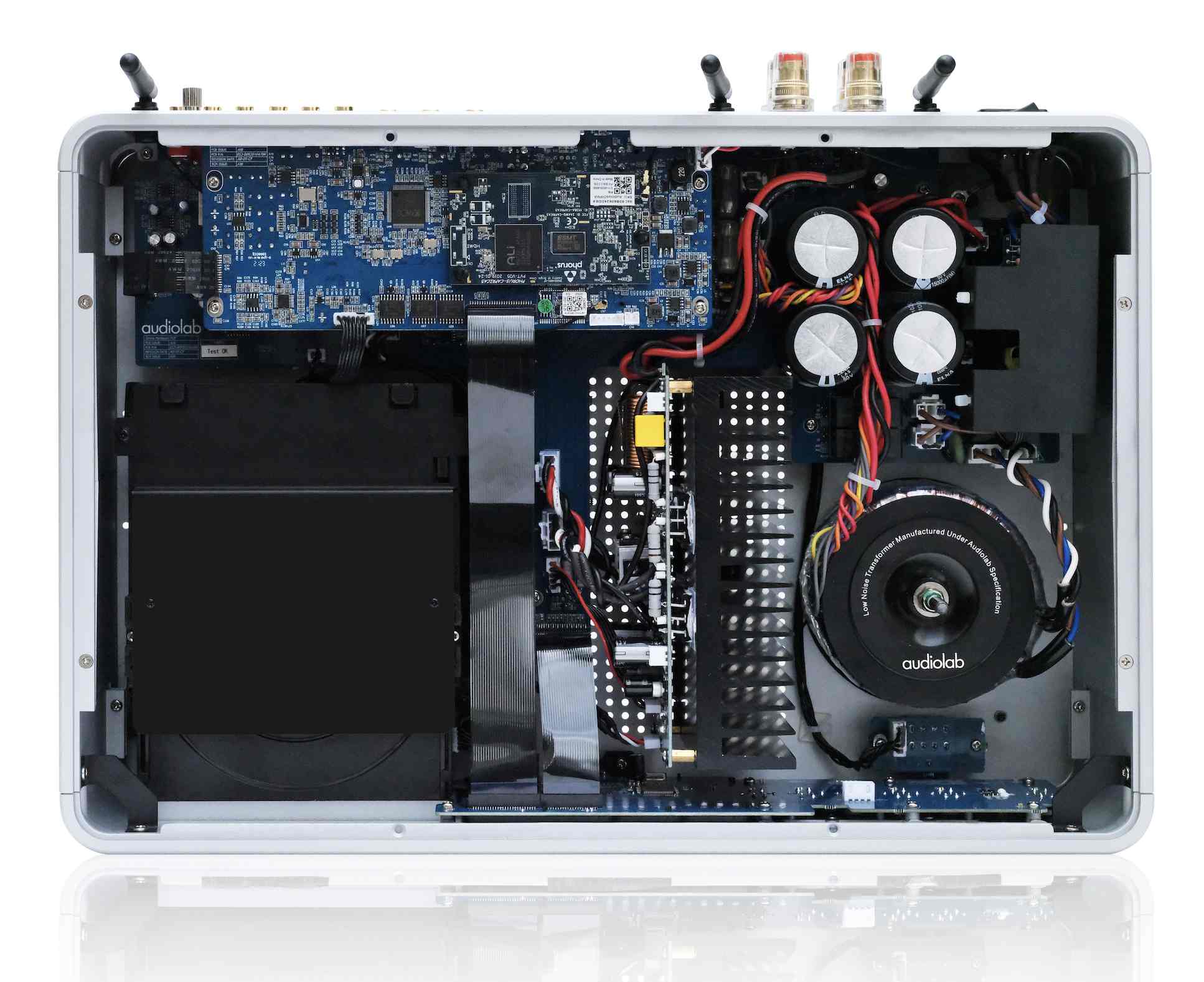
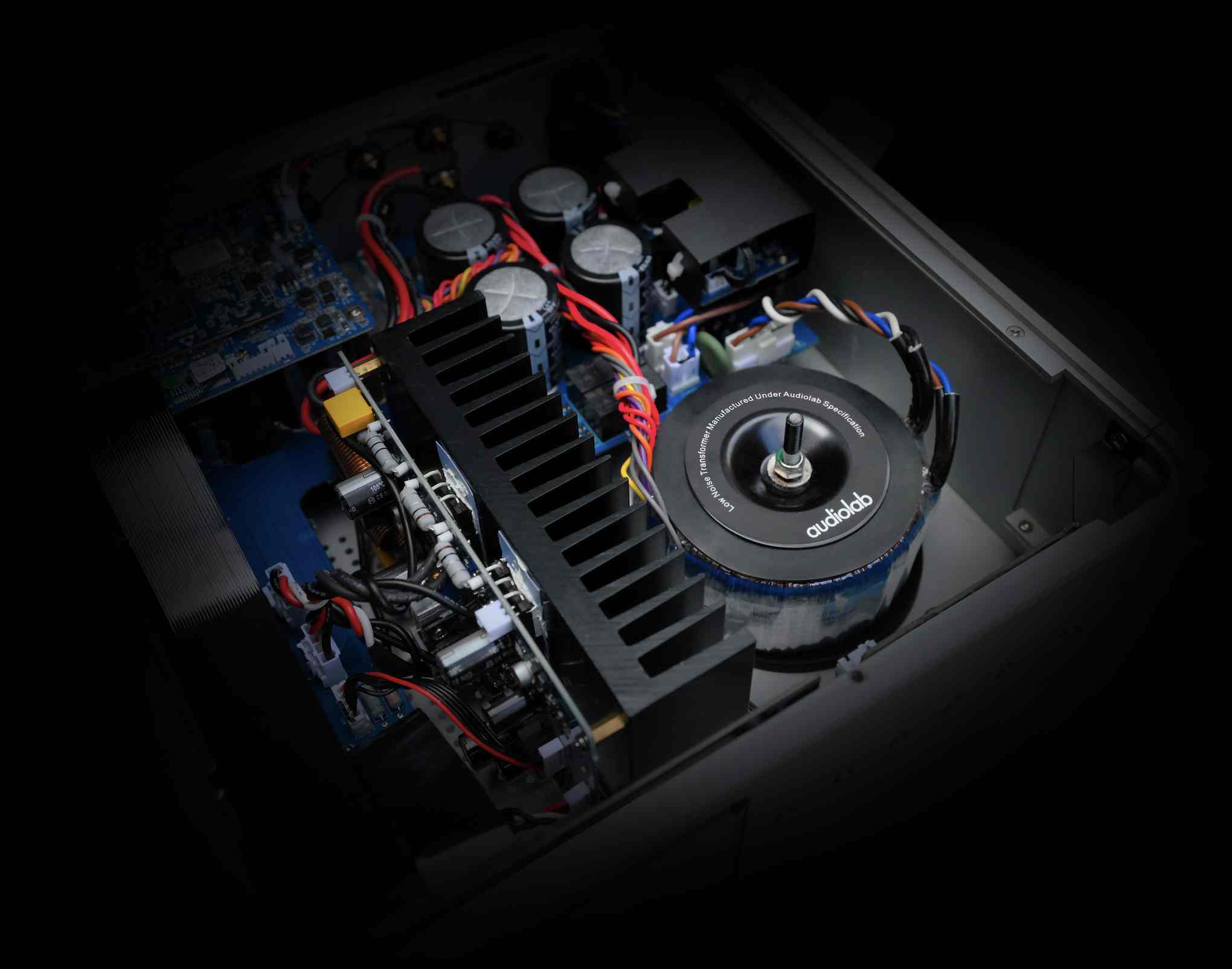
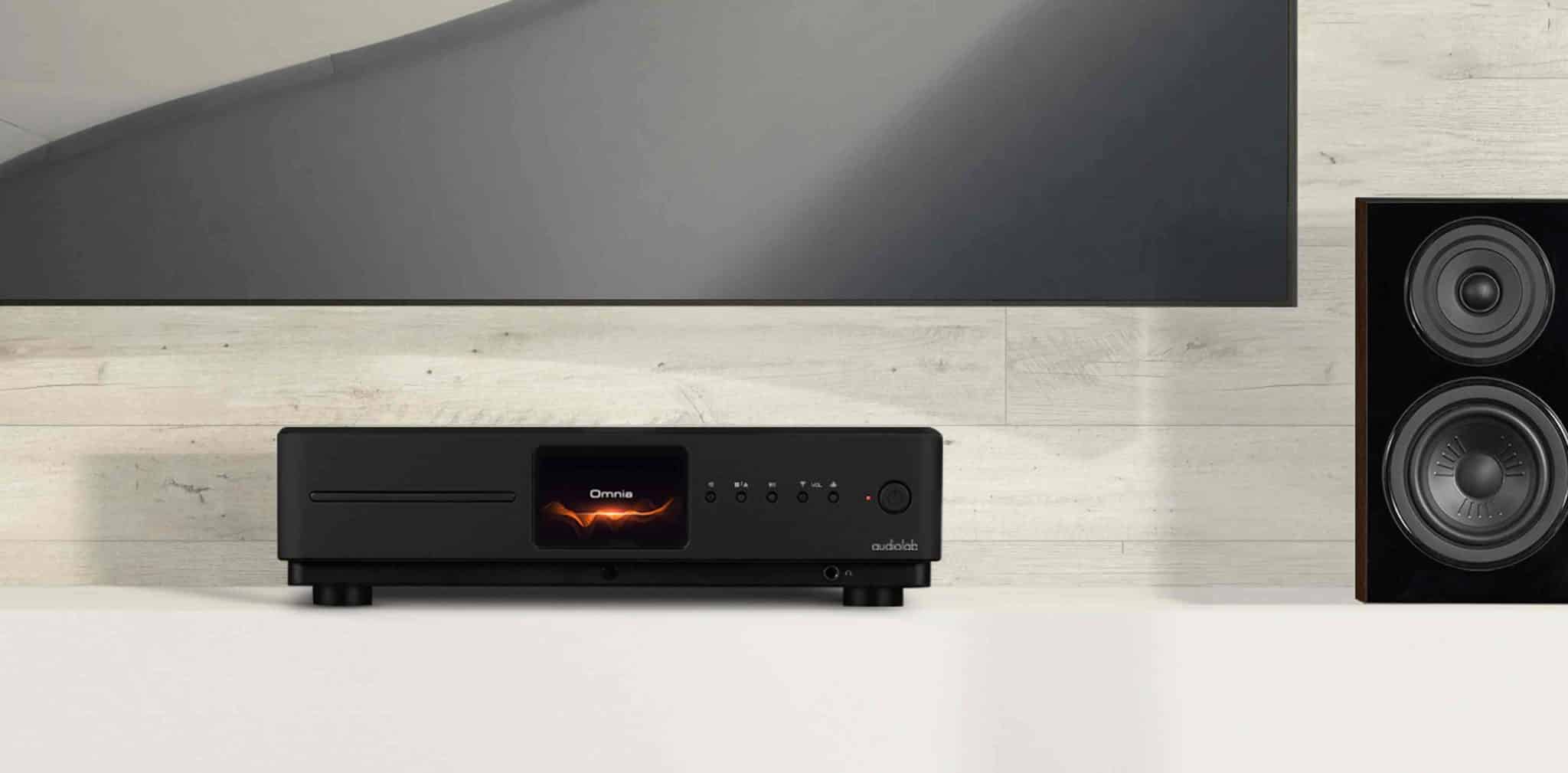
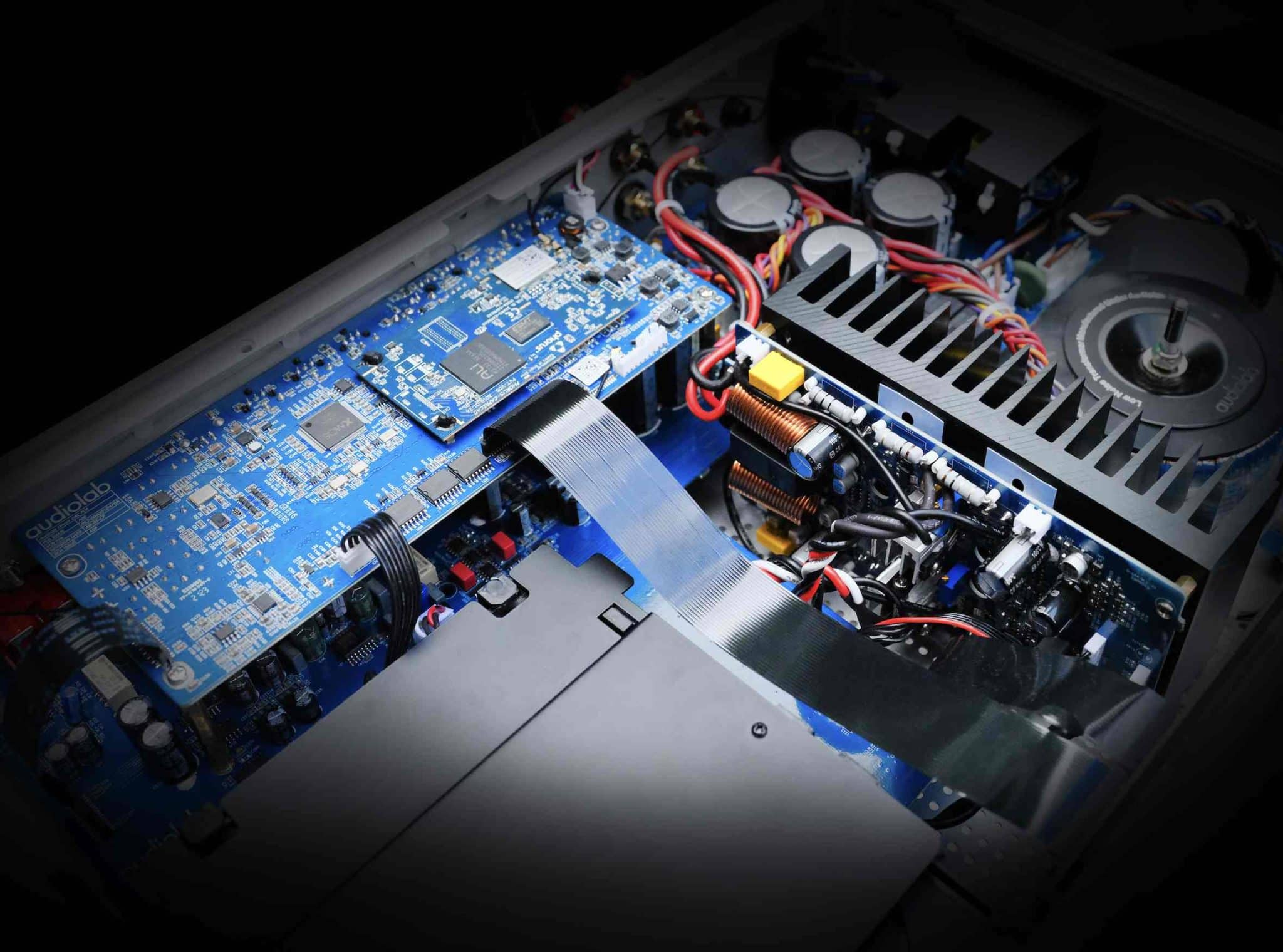
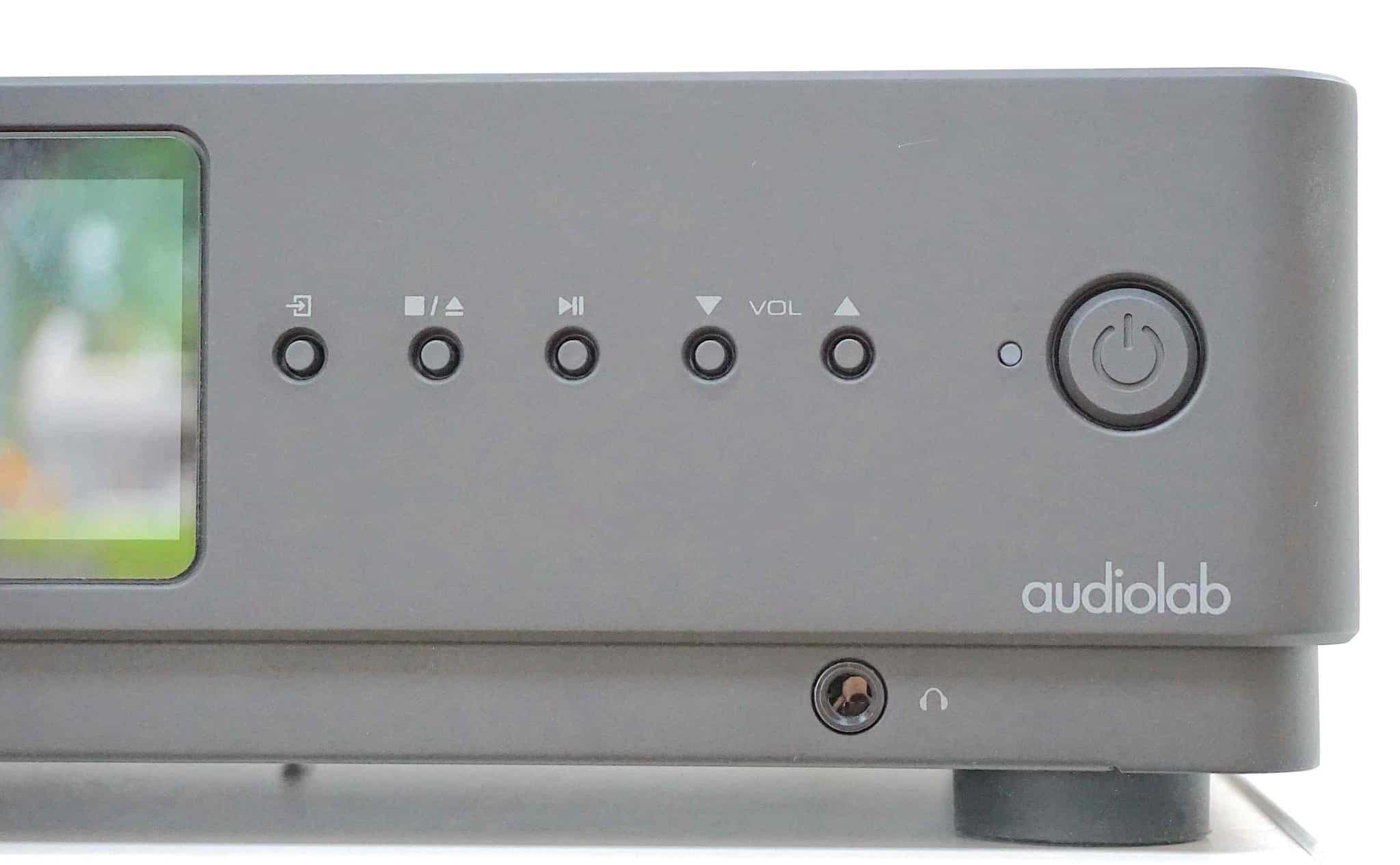
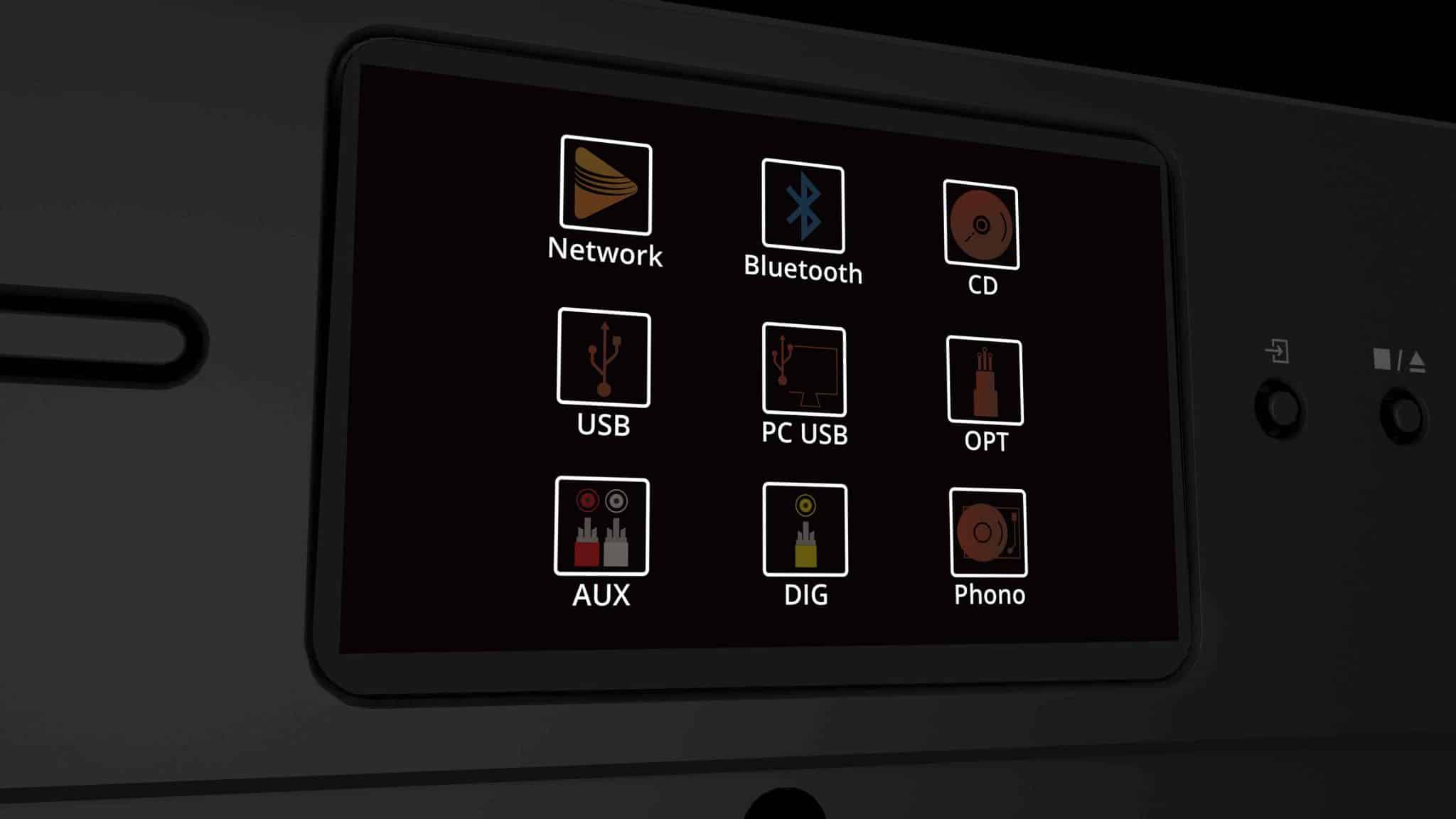
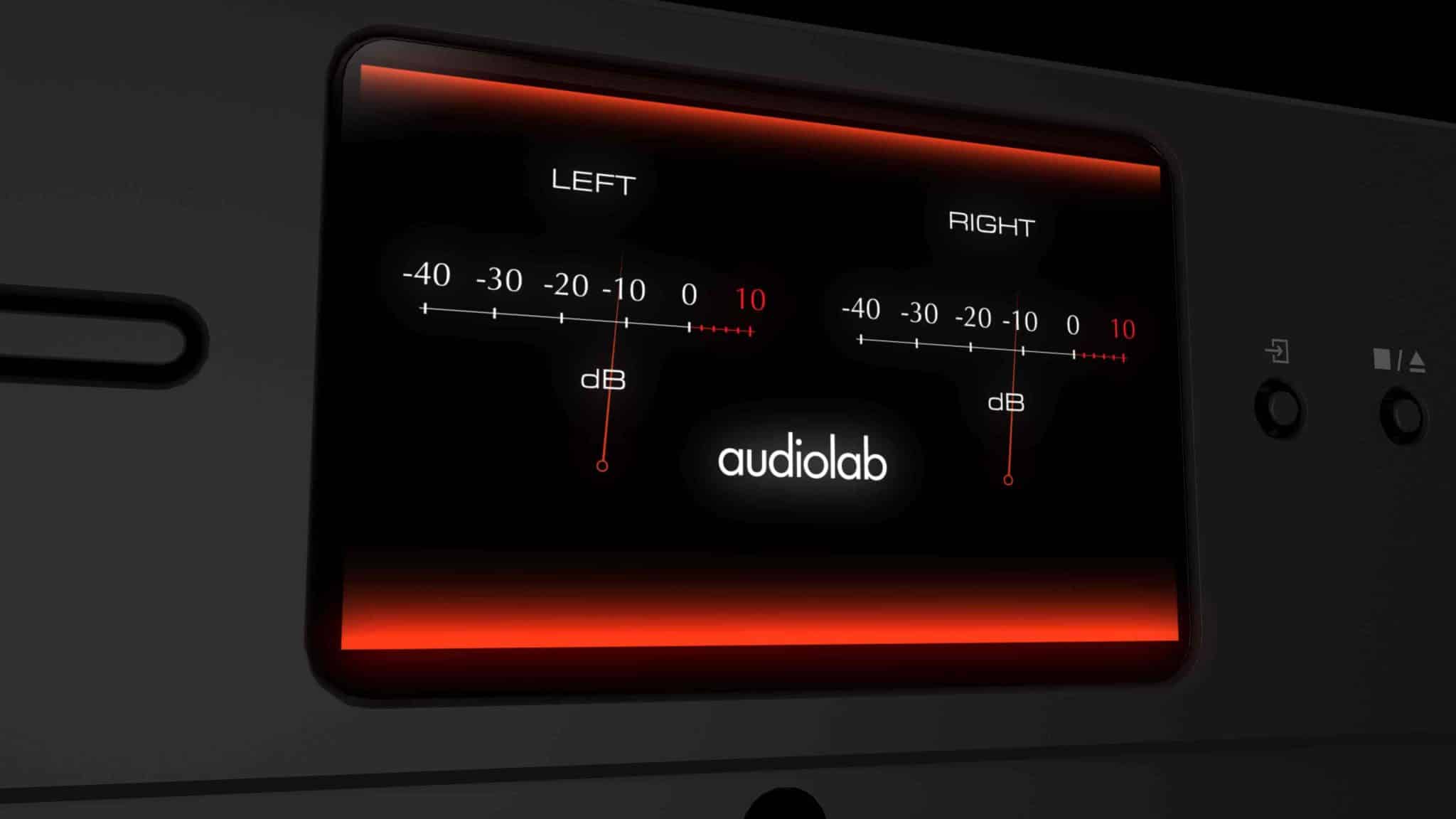
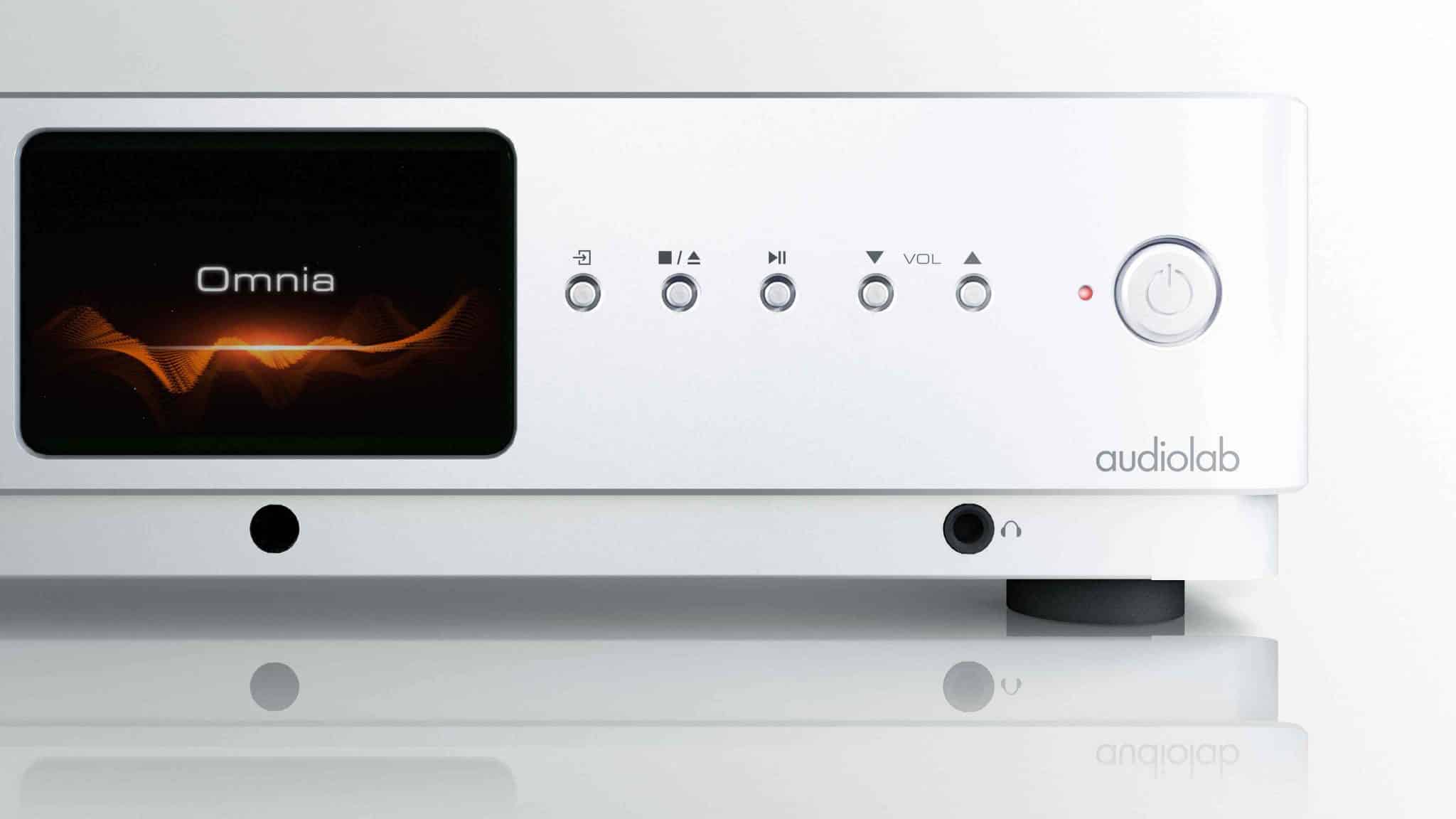
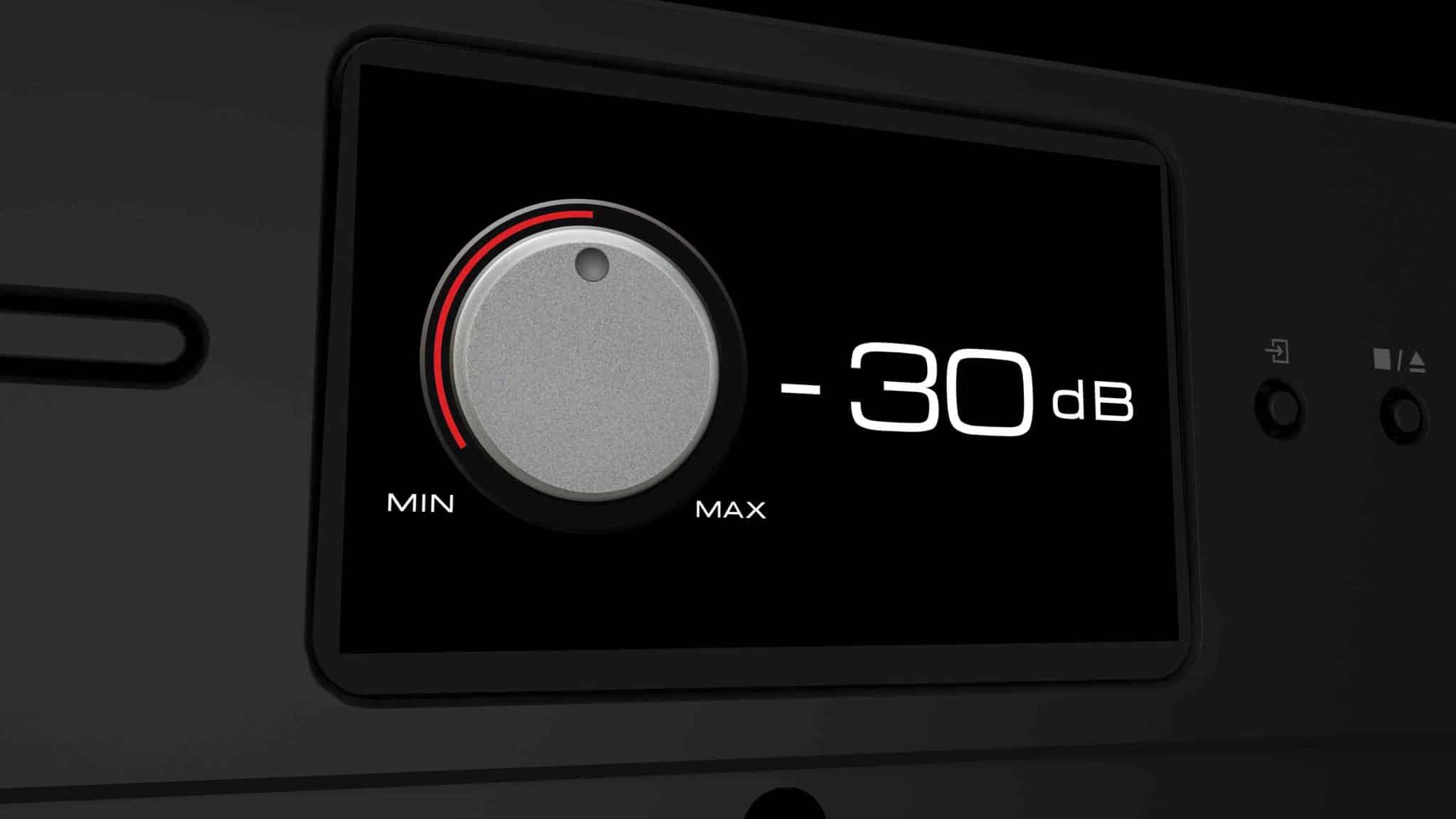

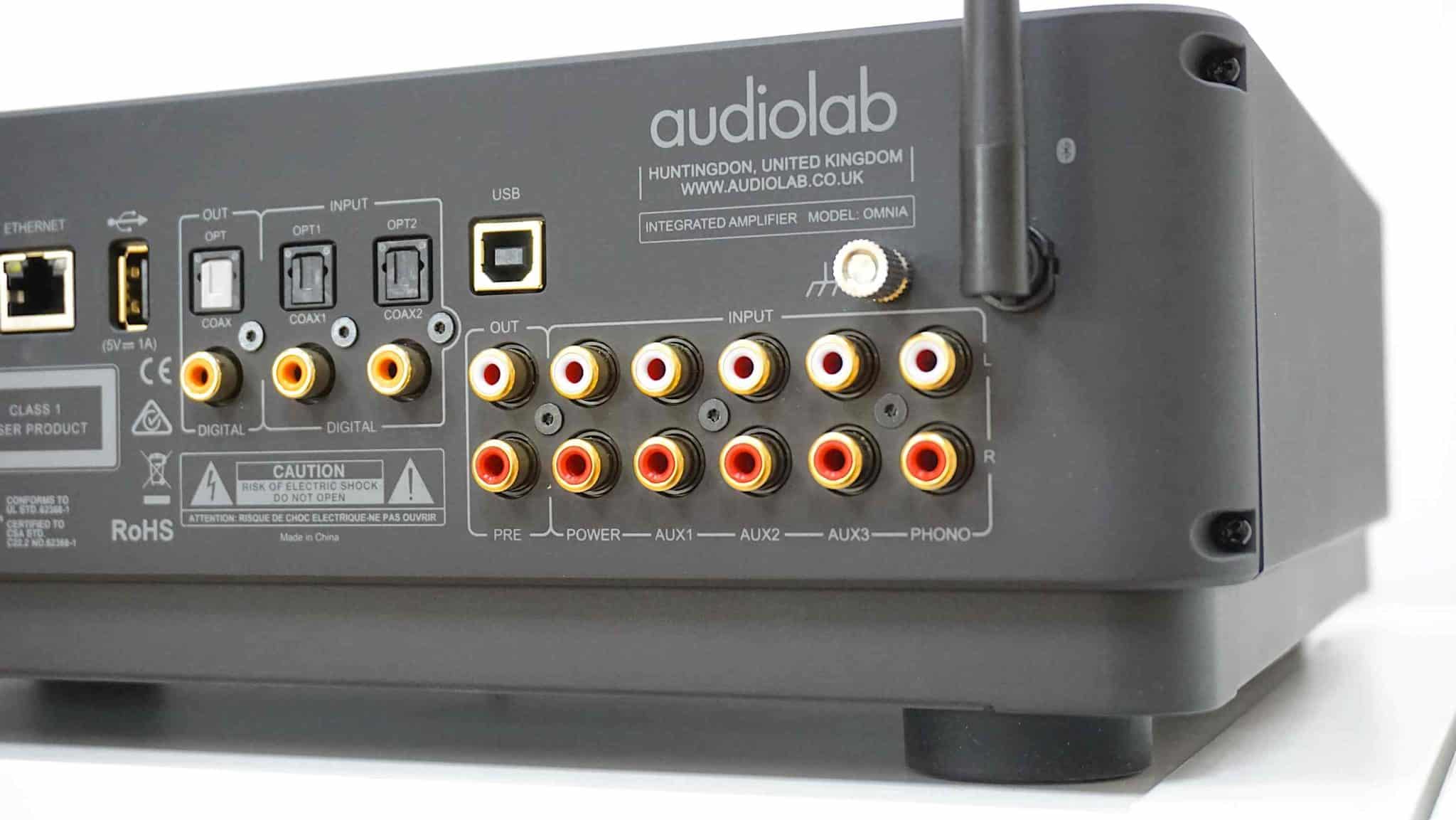
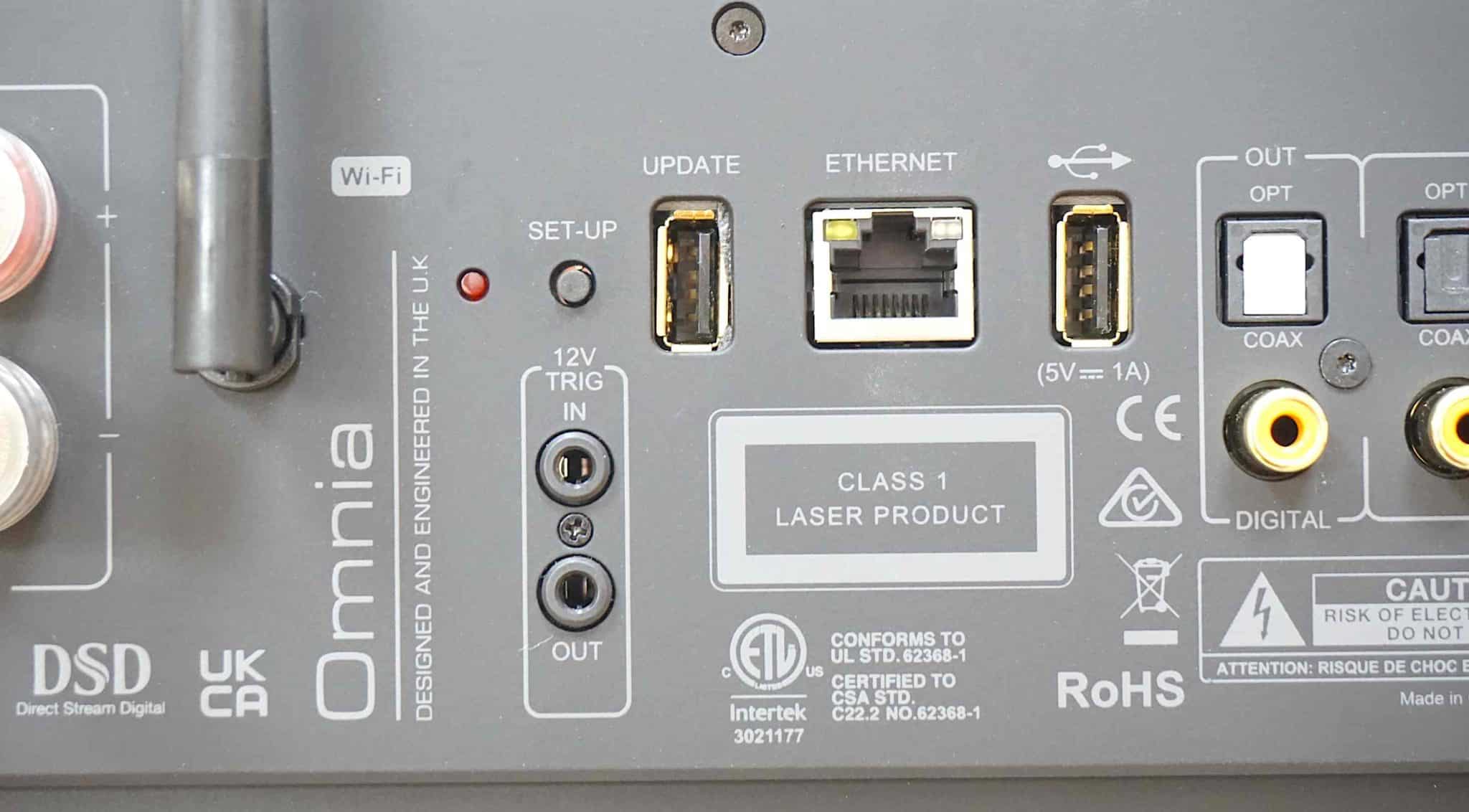
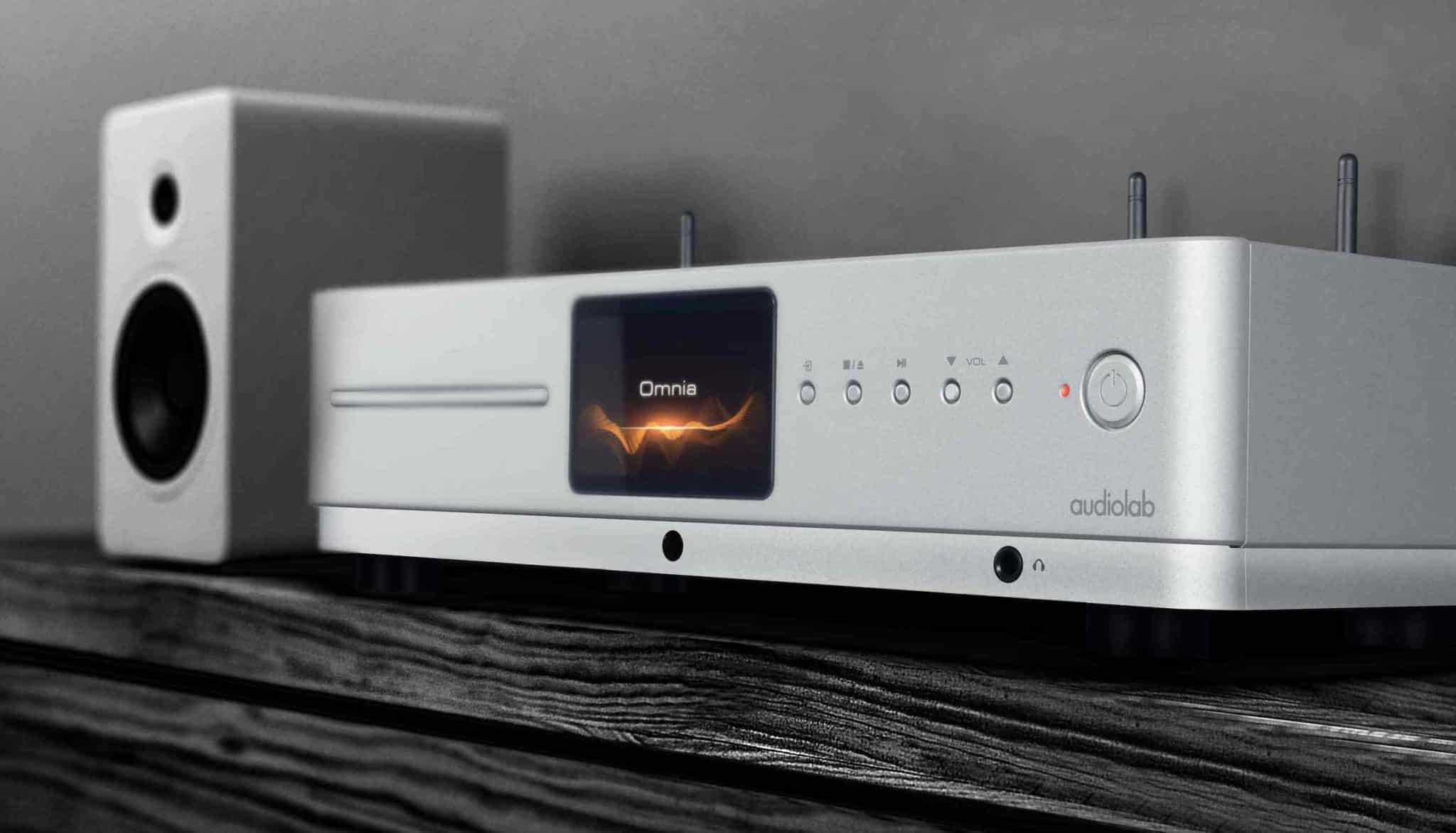
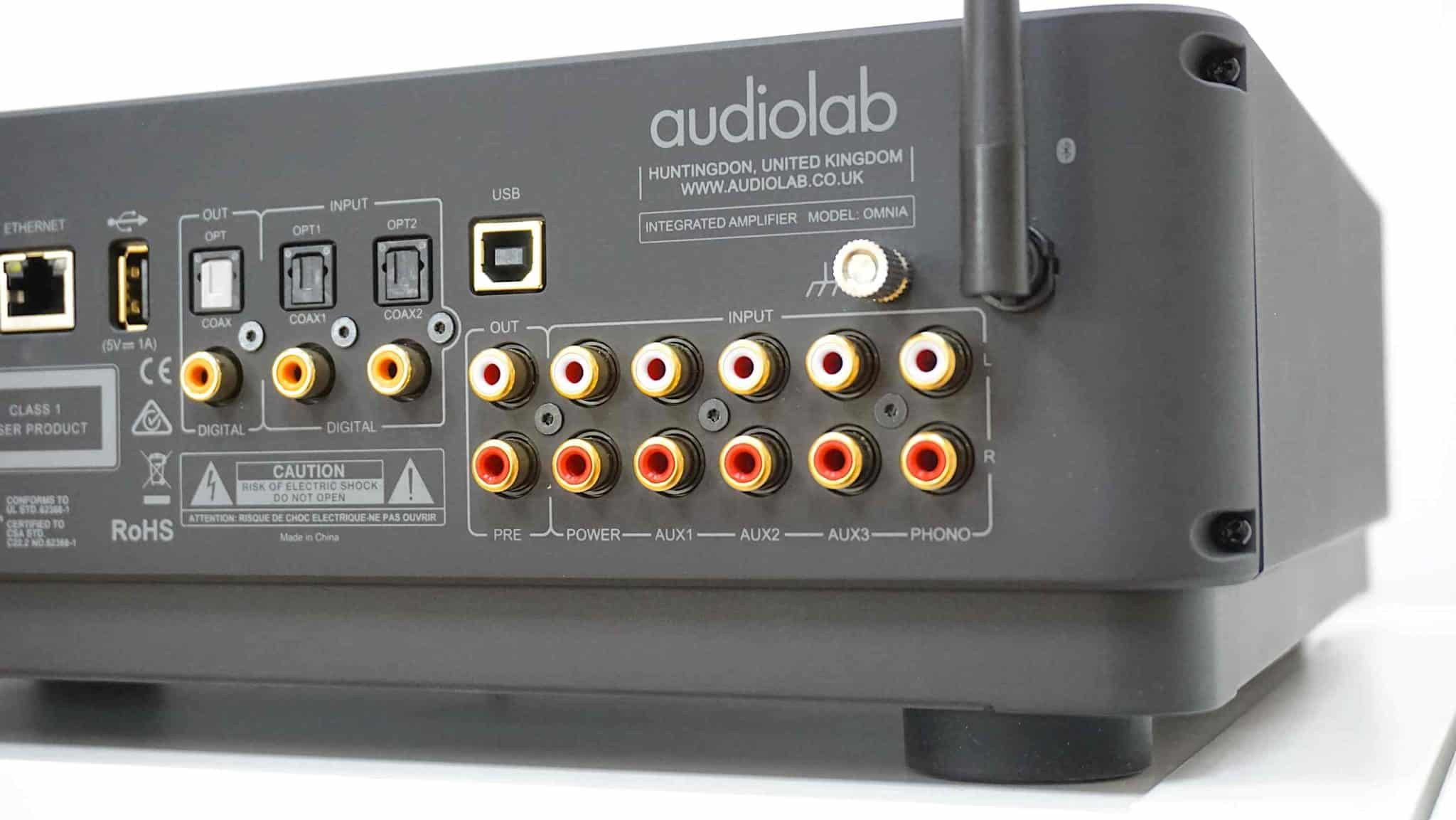
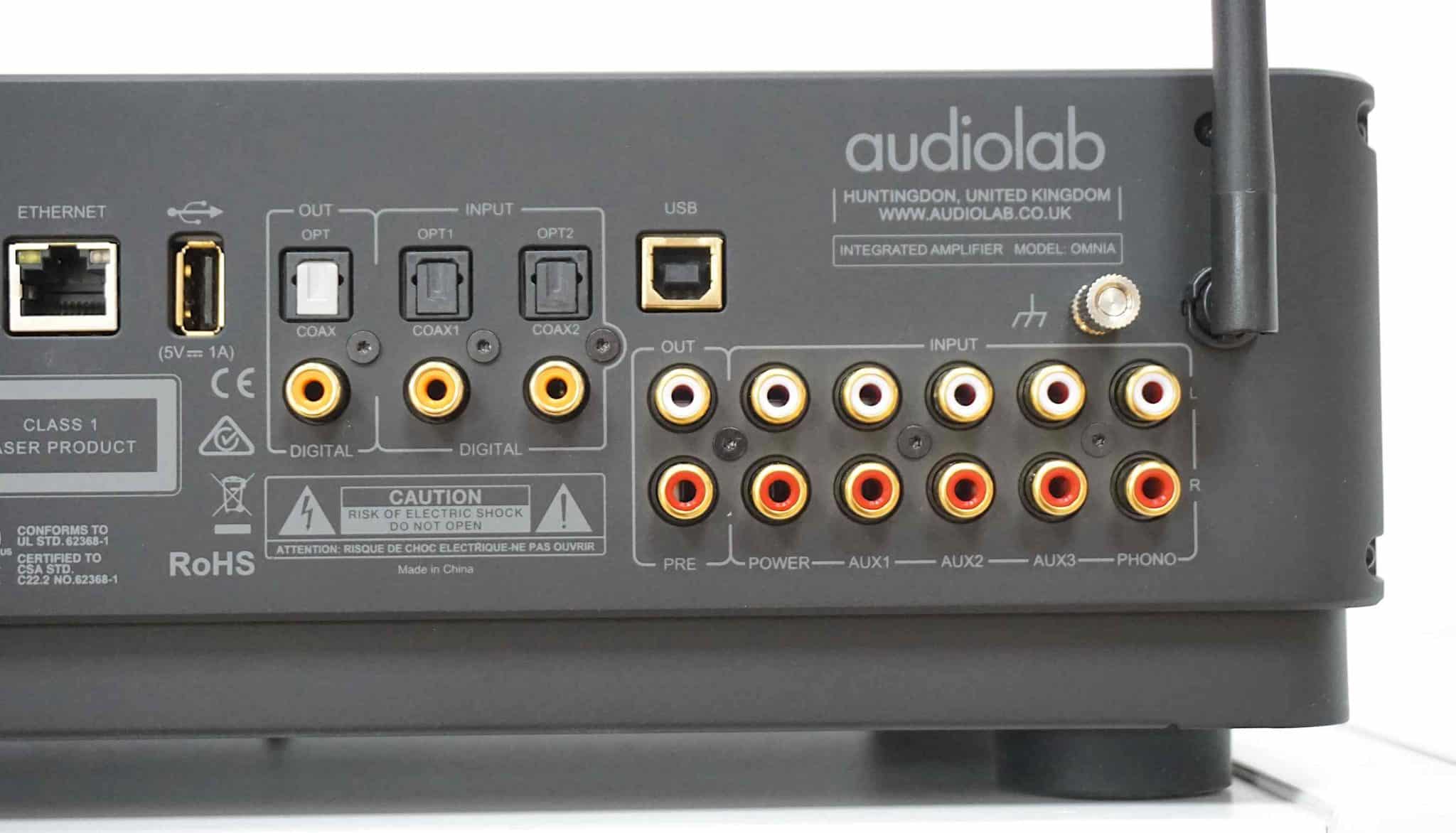
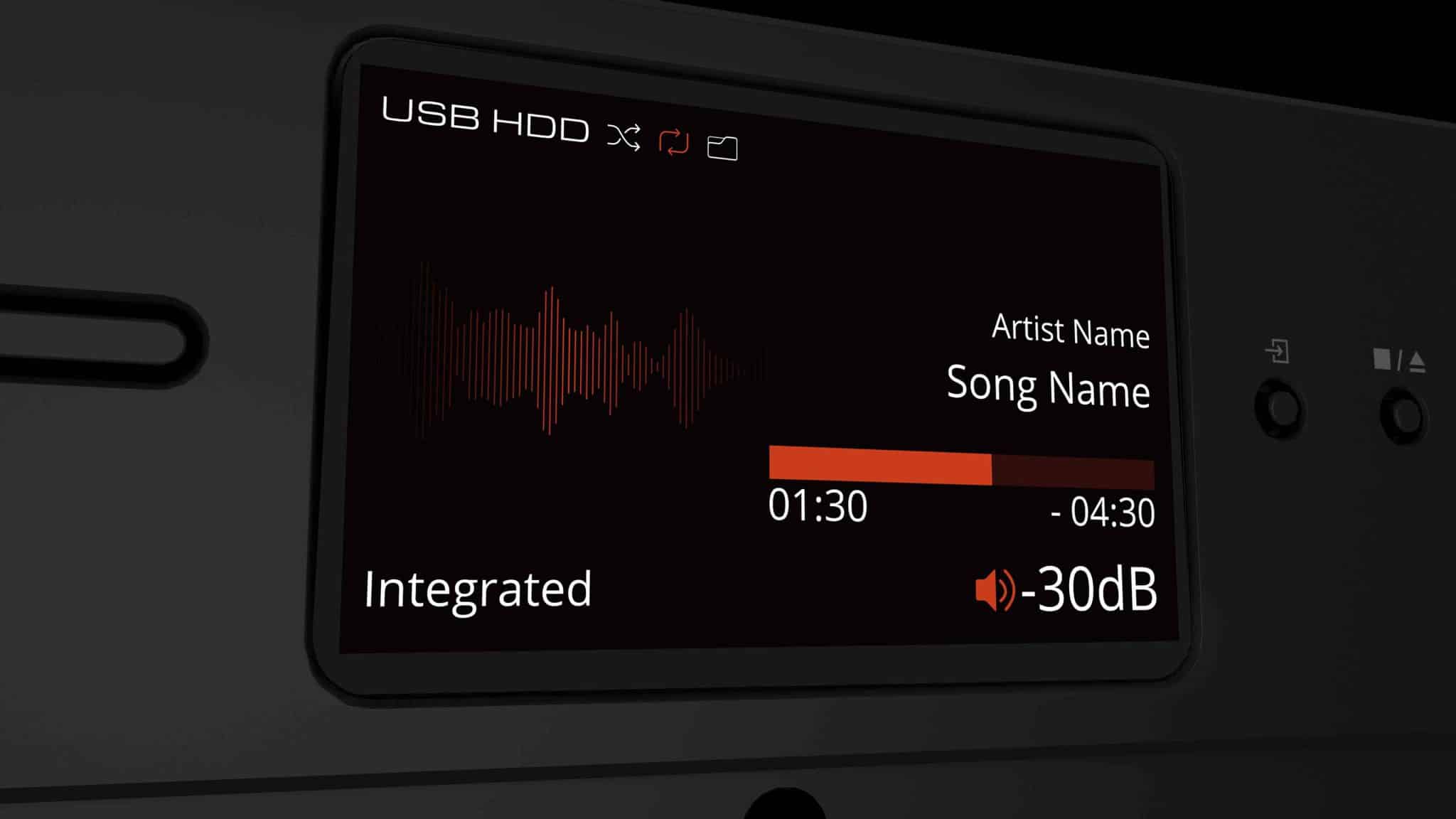

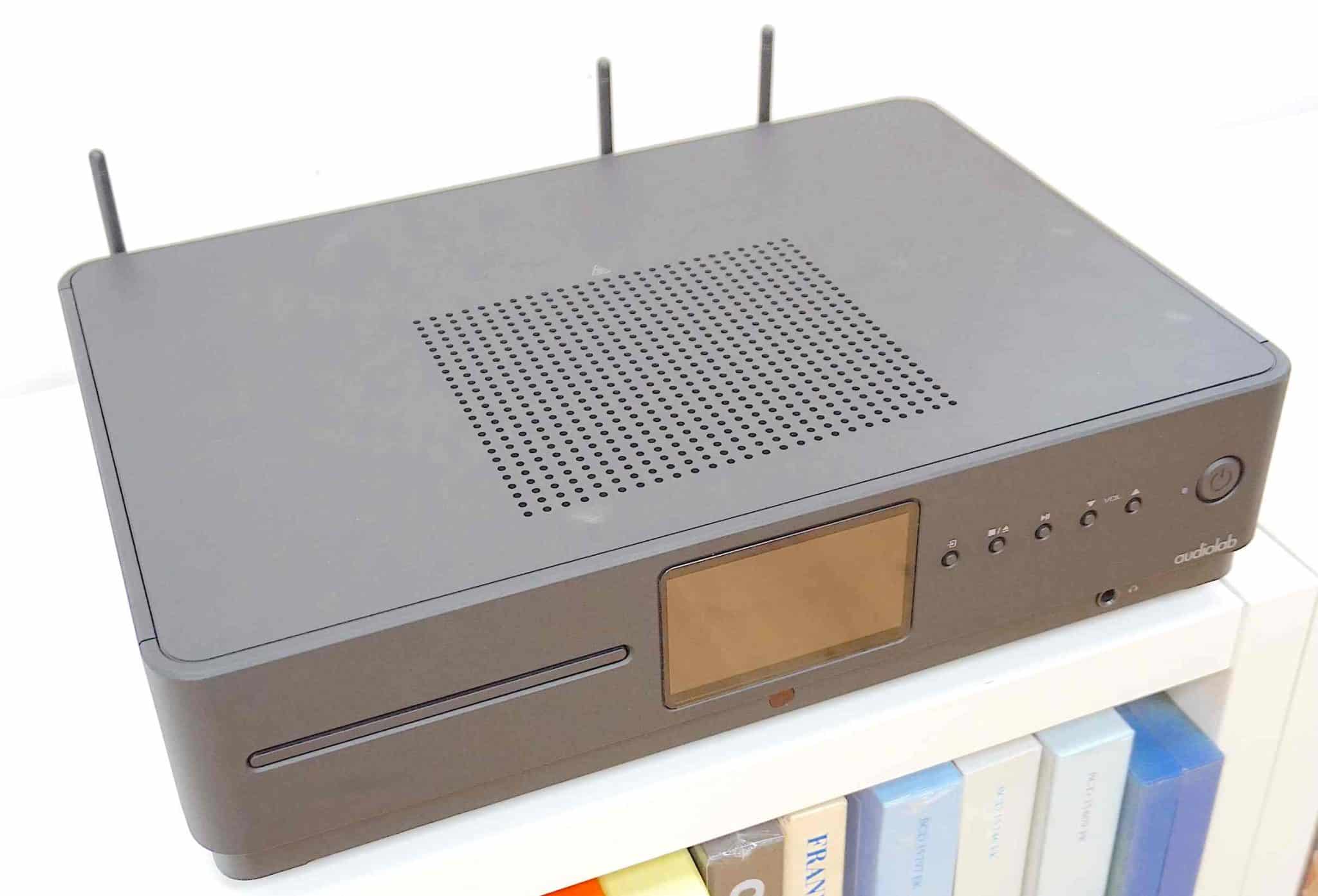
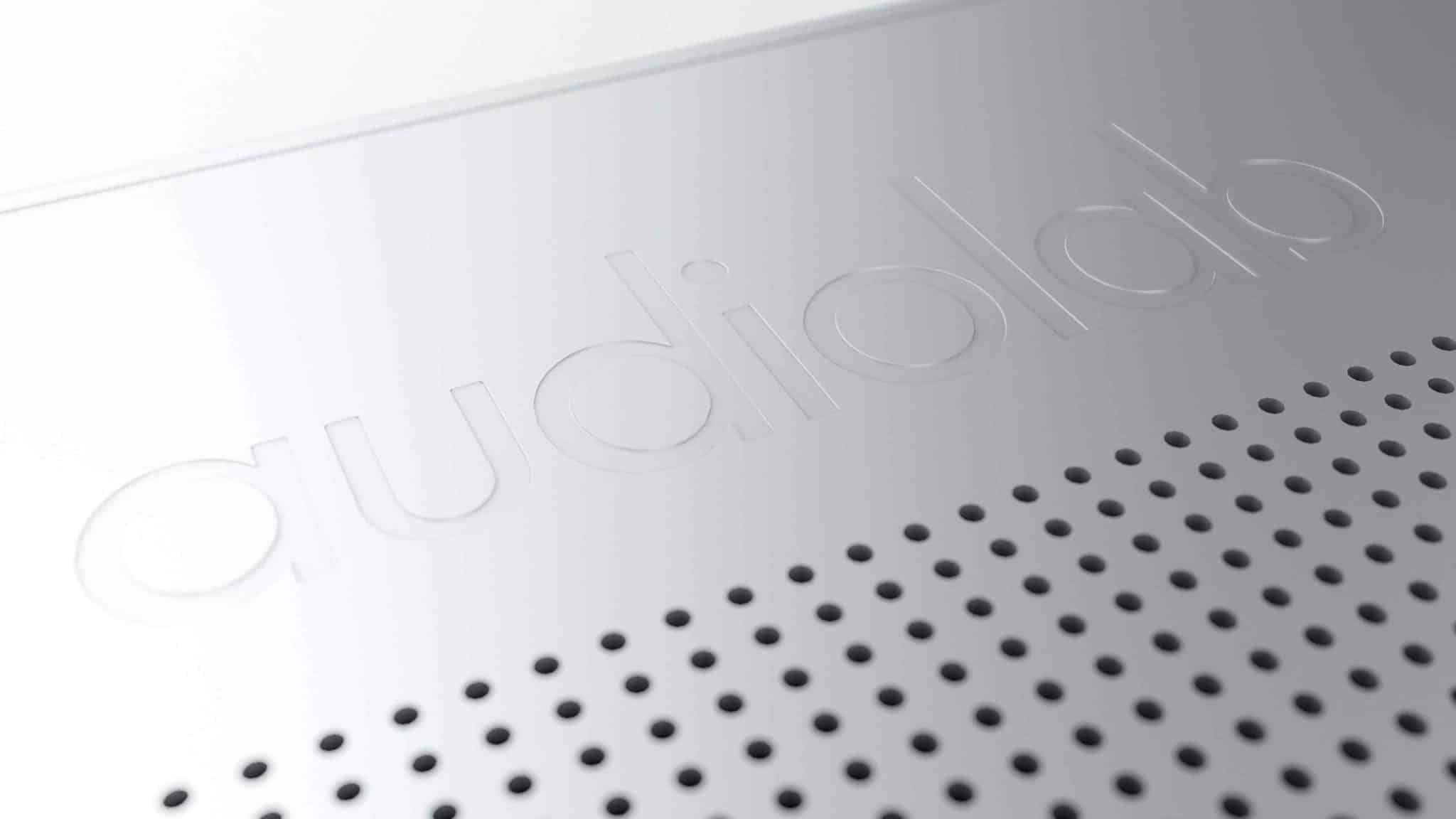



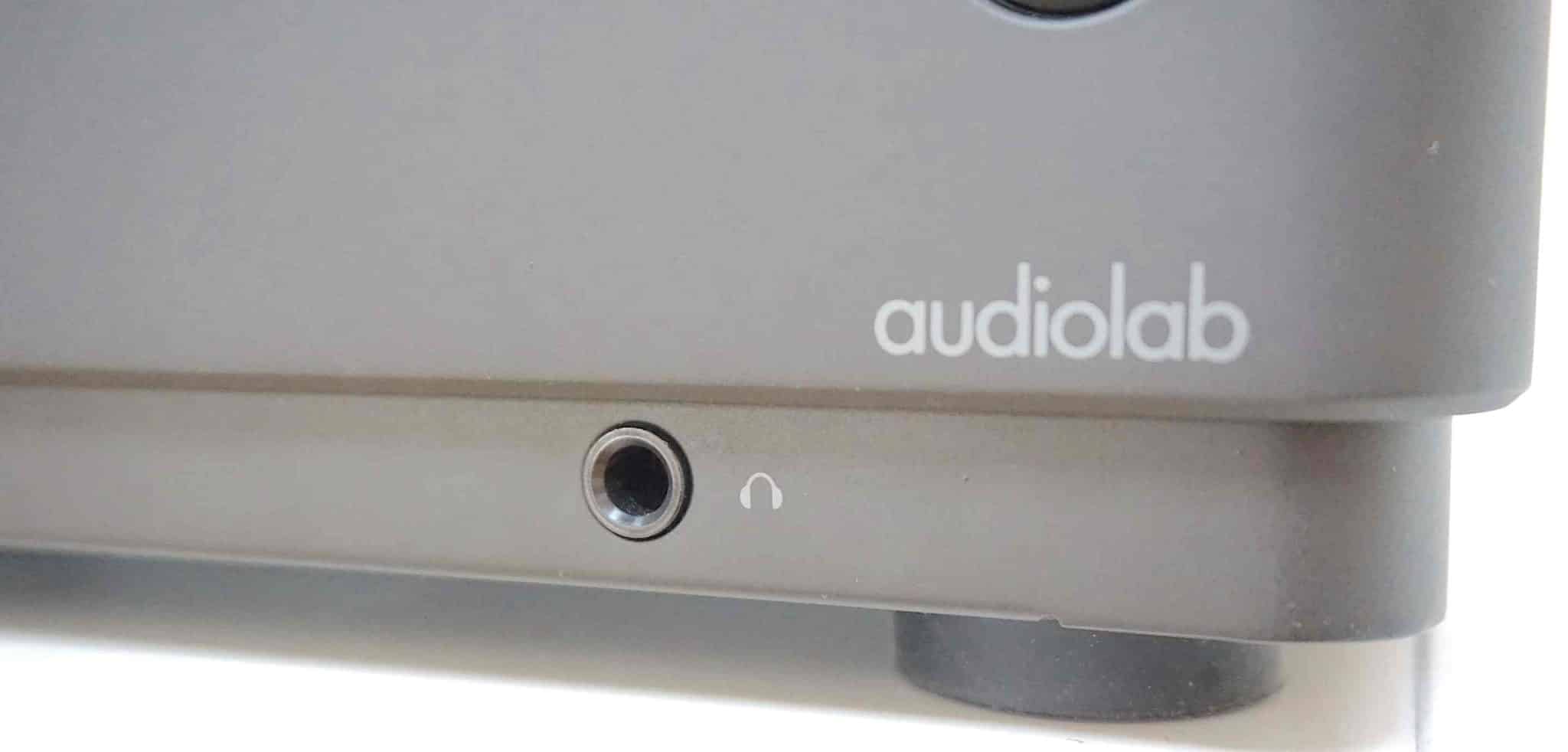
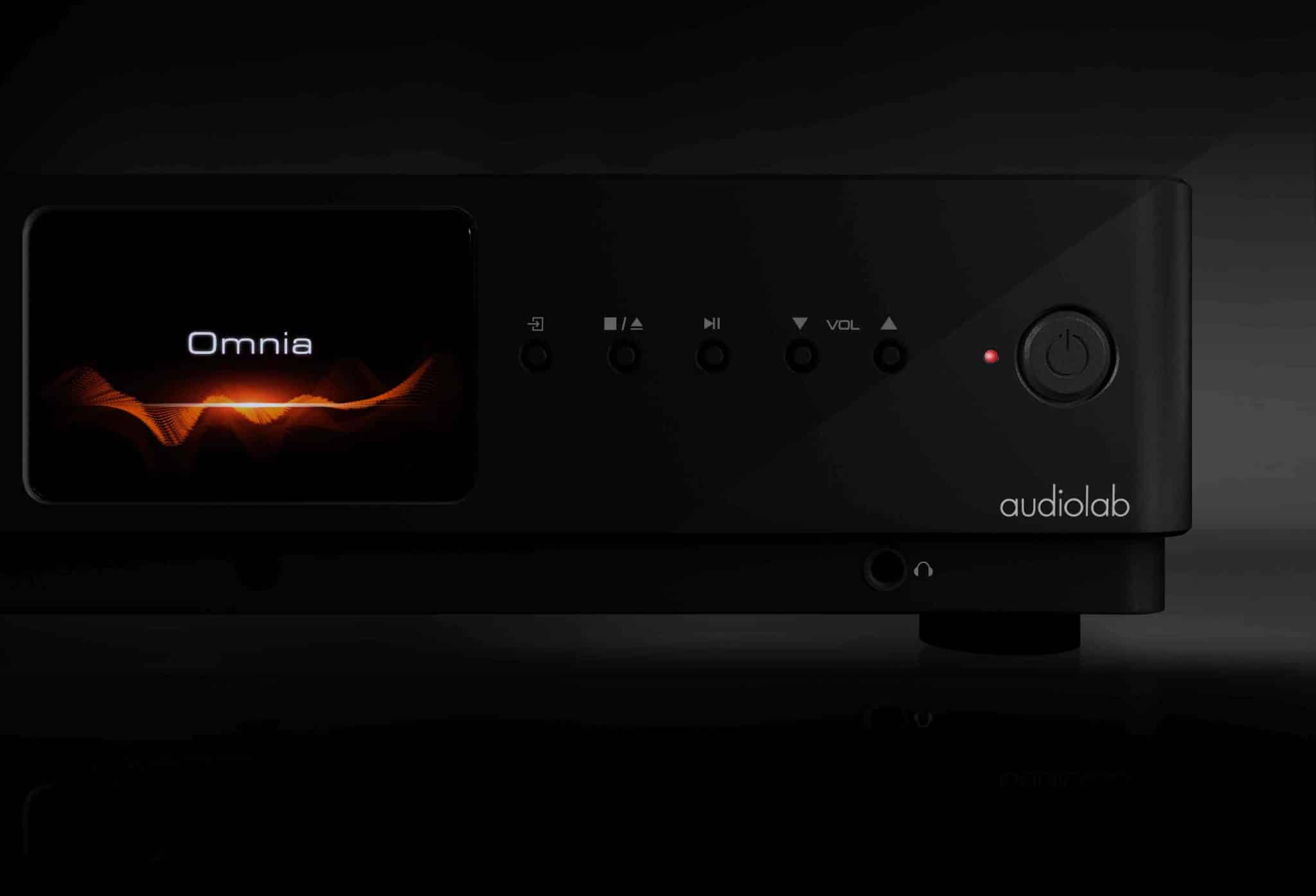
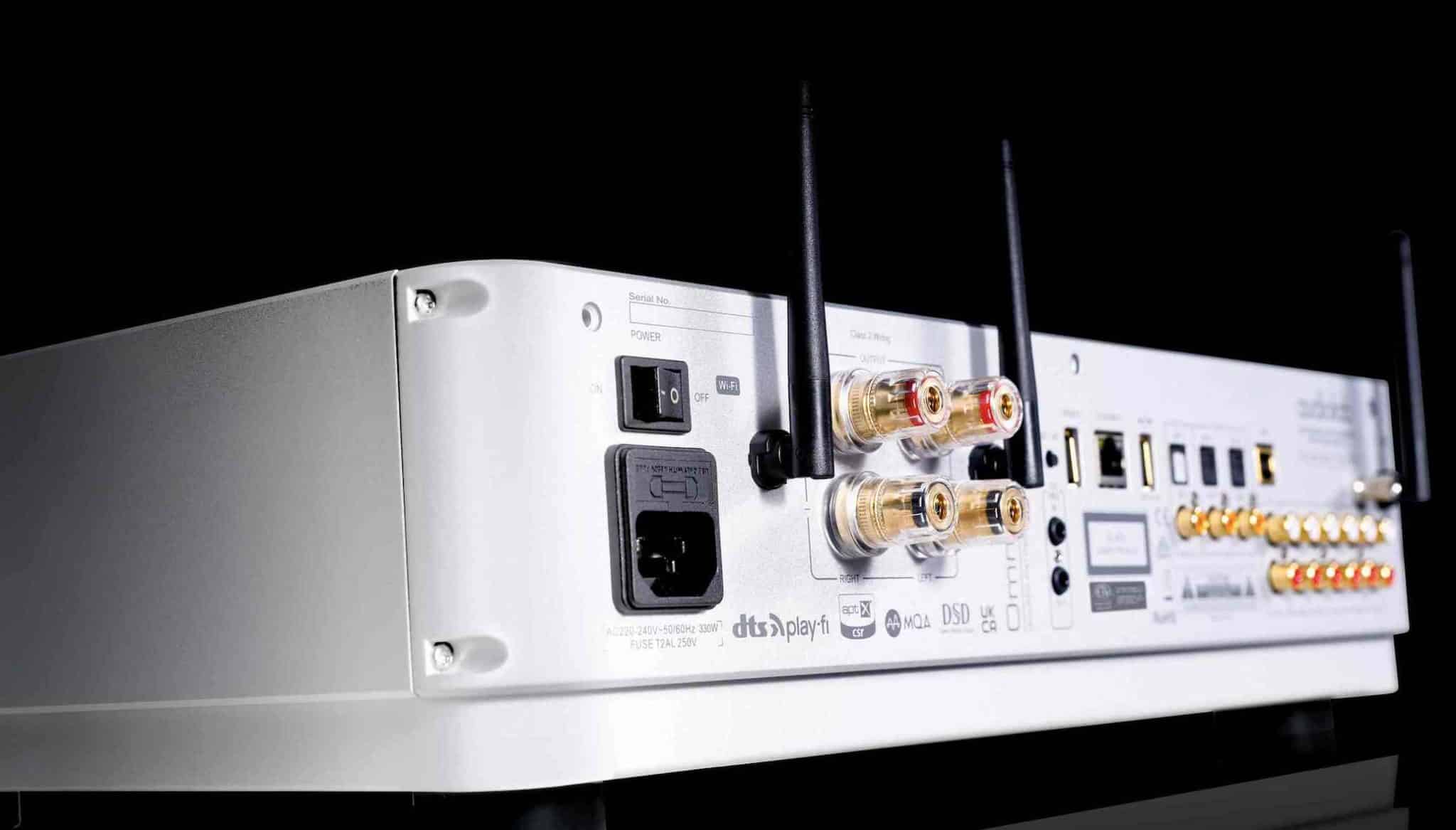


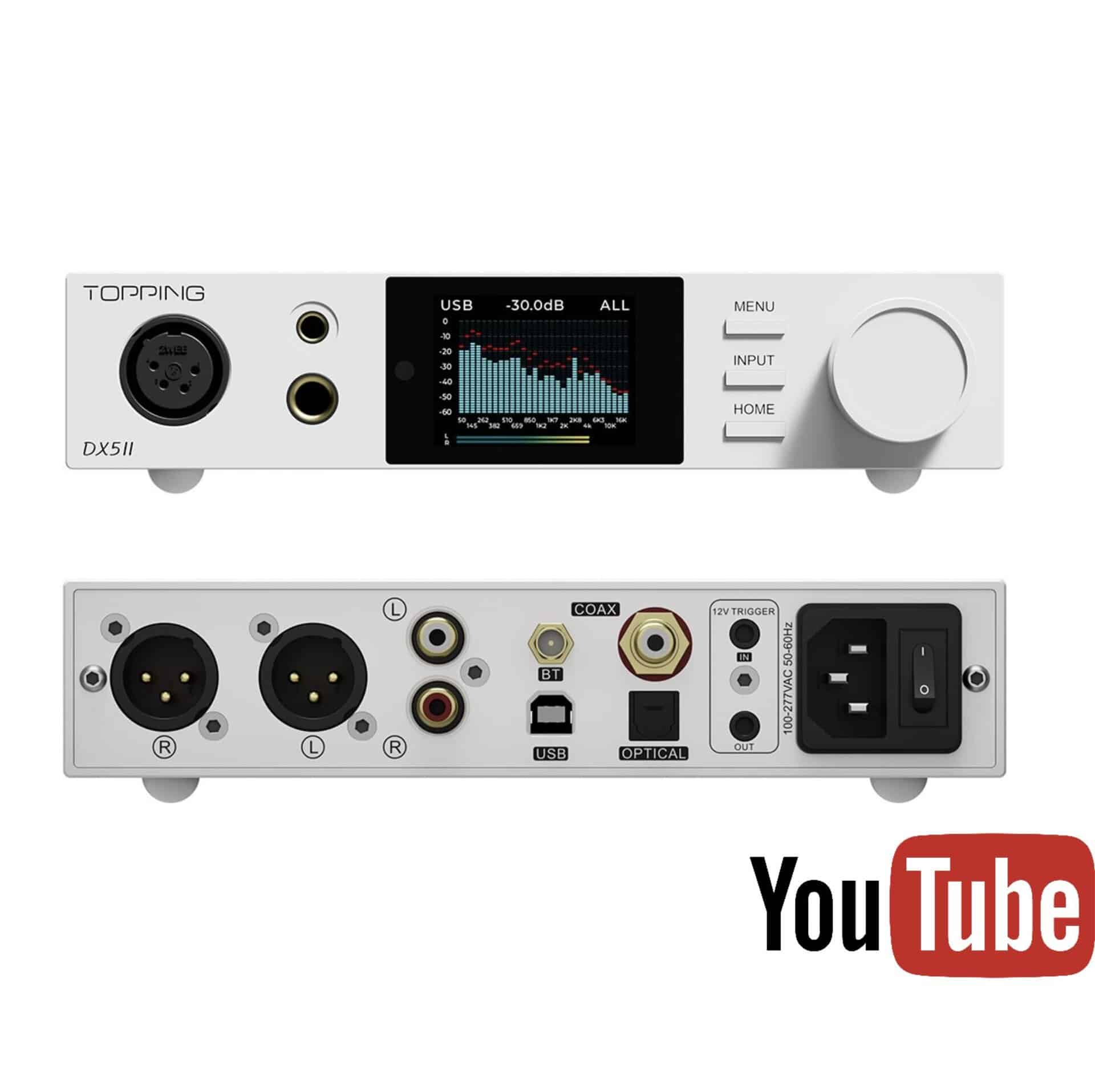
Hey Paul,
Would have loved to see a pic of the guts of the unit.
My fault for not including them – I’ll sort that now. Check out the review again in a minute and they’ll be there.
Quite interesting Paul. Though I’m not in the market, this component is compelling. I’d like to give it a go. But I probably won’t on this go ’round. Maybe at a later time if Audiolab outs a larger amp in it.
The lack of gapless playback from play-fi lets down what is otherwise a decent unit
I’ve been told by ‘an informed source’ that the gapless problem will be fixed in a future update.
Paul, wholly off topic…please accept my humble apologies in advance. Hifi World magazine…what’s going on?
No idea, Sid. I left the magazine a few weeks back.
Diplomacy is always best…
Just to repeat, I knew nothing of what was going on because I had left the magazine weeks before. Once I received the press release from the magazine I was able to post this news. There was no diplomacy here, just ‘events’.
What an insightful review! I’m particularly interested in how the OMNIA handles different file formats. It’s great to see such innovation in all-in-one solutions. Can’t wait to hear how it performs in real-world settings!